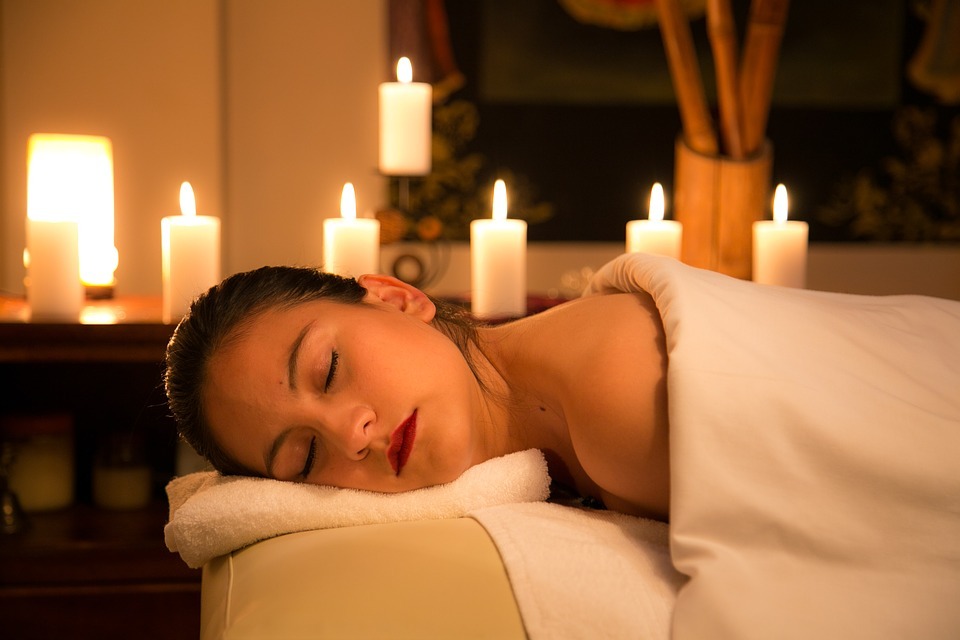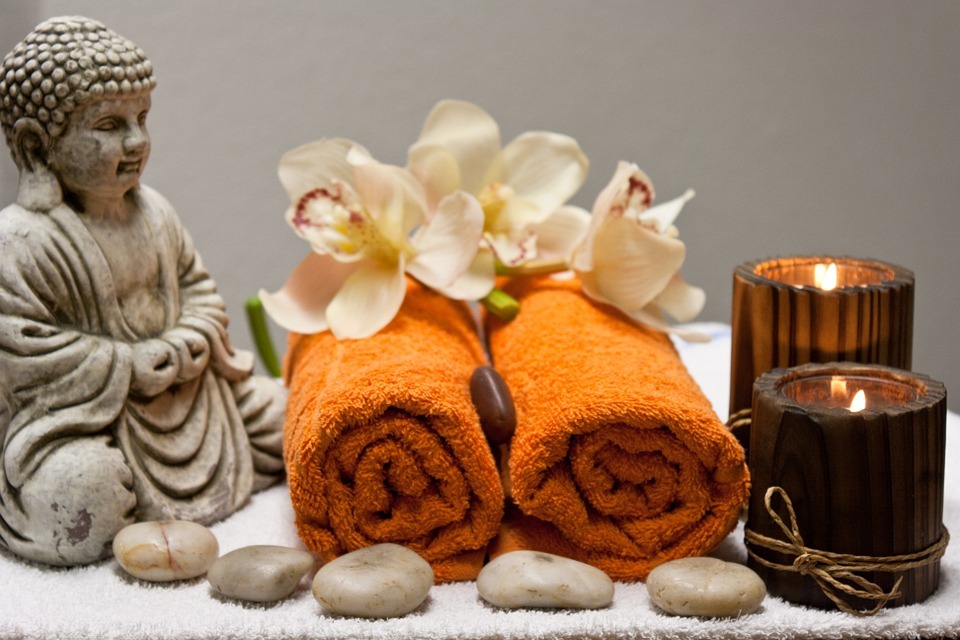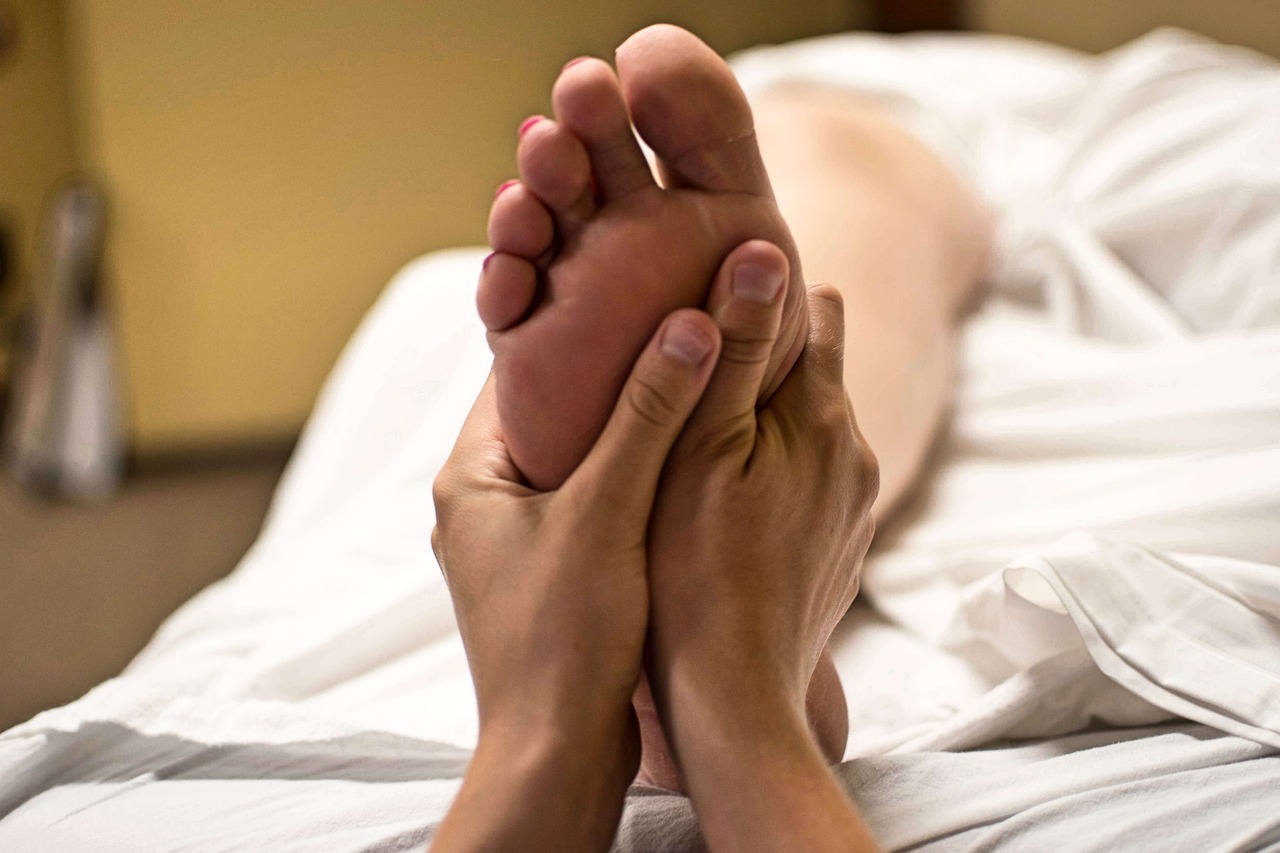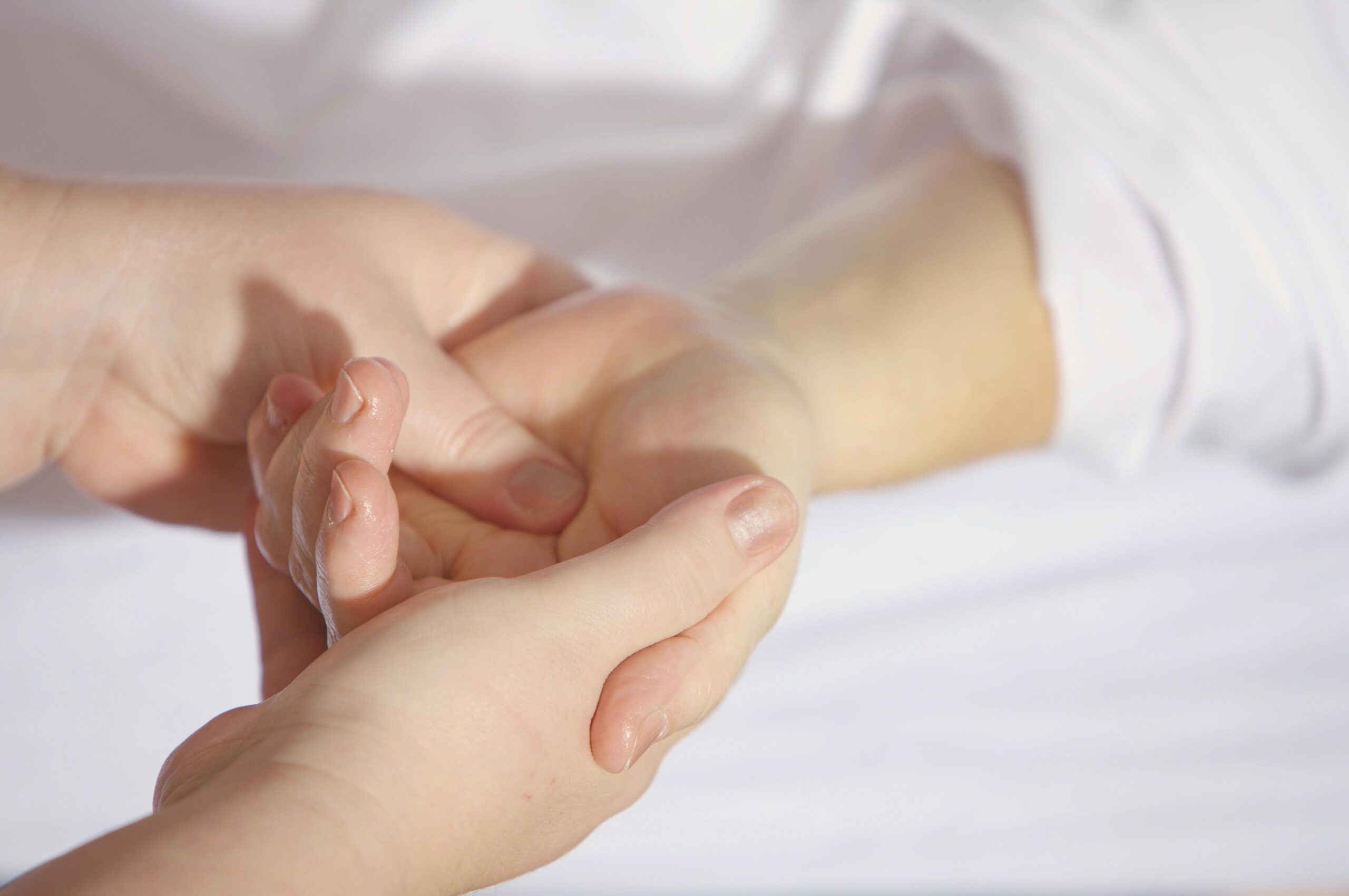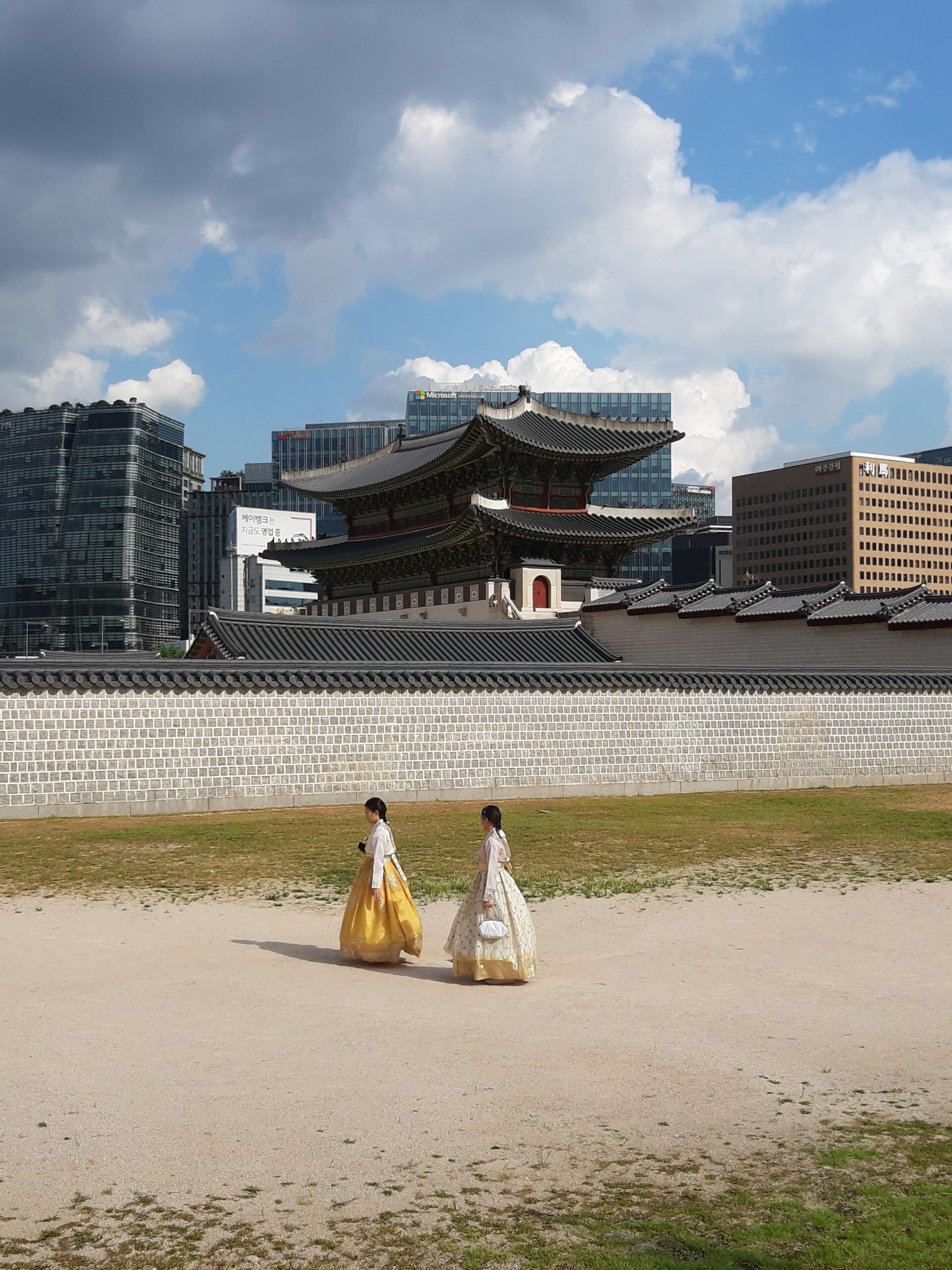Korea is not only known for its vibrant pop culture and stunning natural landscapes but also for its rich tradition of massage therapy. Massages have become an integral part of Korean culture, offering both relaxation and health benefits. In the heart of this dynamic nation, traditional Korean massages take center stage, alongside a fascinating array of non-traditional styles that have found their place, each with its own unique features and advantages. In this post, we’ll explore some of the most popular massages in Korea and delve into why massages have garnered such immense popularity in this dynamic nation. If you want to know more about massage burwood, ask a professional massage therapist.
Traditional Massage in Korea
In Korea, traditional full-body massage reigns supreme as the most favored choice, with sessions typically spanning a rejuvenating 45 minutes. This type of massage is often offered by spa centers and spas in large cities, which are more expensive than other types of massages.
For those seeking Korean massage benefits with a twist, there are alternative options to consider. The soothing magic of massage extends to foot massages, where skilled therapists work their expertise, delivering relaxation from the soles to the upper body, including the neck and abdomen. Moreover, hand massages have captured the hearts of both men and women in Korea. These massages employ intricate hand techniques, adeptly unraveling tension within tired muscles.
Korean Full-Body Massage
The Korean Full Body Massage, also known as the East Asian Medicine Massage, or an Oriental massage, is a venerable tradition spanning millennia in Korea. Within this time-honored practice, one or more skilled therapists dedicate their expertise to rejuvenate the entire body using oil. Remarkably, this massage is conducted without any barriers, such as clothes or sheets, ensuring direct skin-to-skin contact.
If you are looking for Korean massage therapy techniques for deep tissue work this is your best choice. Its enduring legacy promises a blend of relaxation and therapeutic benefits. This massage can keep you healthy and happy, so you can avoid burnout.
Korean Foot Massage
Korean Foot Massage is a time-honored therapeutic practice celebrated for its multifaceted benefits. Beyond its ability to alleviate discomfort in the shoulders, neck, and back, this traditional therapy is recognized for its mood-enhancing and stress-reducing properties. A foot massage can transcend physical relief to provide a soothing balm for the mind and spirit.
This traditional massage draws upon the principles of acupressure, applying well-directed pressure to specific energy points that correspond to different facets of overall well-being. This holistic approach ensures that individuals experience not just physical relaxation but a profound sense of enduring health and tranquility.
It is noteworthy that the Korean government mandates spas to include Traditional Korean Foot Massage as an integral aspect of their service offerings. The healing touch and acupressure techniques impart an enduring sense of well-being.
Korean Hand Massage
The Korean Hand Massage, a time-honored spot treatment, employs skillful hand techniques to stimulate vital acupuncture points on the face, neck, and ear canals. This revered practice is renowned for its manifold health benefits, including stress reduction and enhancement of overall blood circulation. The adept manipulation of these specific acupuncture points facilitates the release of tension in corresponding areas of the body.
Many people view this type of massage as a relaxing way to treat minor aches and pains in their bodies without needing to visit an actual spa or even buying expensive beauty products. This age-old tradition melds healing and relaxation, making it an indispensable part of Korea’s holistic wellness practices.
Non-Traditional Massage in Korea
Korea also has a lot of modernized and unique styles like Shiatsu, Swedish massage, and Thai massage.
Shiatsu
A Shiatsu massage is a Japanese form of bodywork that uses the fingers and thumbs to apply pressure to acupressure points on the surface of the body. Acupressure points are located along meridians, which are channels running through our body.
The therapist will either use their thumbs or fingertips to apply pressure to certain areas of your body at these acupressure points. Massage therapists perform this type of treatment by rubbing, pressing, rubbing, pressing with their palms, then finally rolling your head between the thumb and fingers. This movement stimulates blood flow and releases tension from your muscles.
Want the same benefits but without having to visit a therapist? Shiatsu foot massagers are another perfect way for those who need relief on the go and from the comfort of their homes!
Swedish Massage
Swedish massage offers an effective means of alleviating tension and reducing pain by prompting the release of endorphins—natural mood-enhancing and pain-relieving hormones. Its gentle yet effective strokes not only improve circulation but also aid in releasing toxins from the body and increasing blood flow.
For individuals experiencing conditions like arthritis, fibromyalgia, headache/migraines, or carpal tunnel syndrome, Swedish massage has many therapeutic benefits. The long, flowing strokes and kneading motions contribute to muscle relaxation and stress reduction, making it a widely sought-after massage technique for its potential healing effects on various health conditions.
Thai Massage
Thai Massage, rooted in Thailand, revolves around the concept of stimulating specific energy points or “meridians” within the body. By applying pressure, this practice aims to harmonize these energies, fostering overall health and well-being. This technique combines various methods including acupressure, gentle stretching, and frictional manipulation, often accompanied by traditional Thai herbal remedies.
In the broader scope of massage techniques, the distinction between traditional massages and Thai massage rests in their unique approaches to energy points. Where traditional massages often focus on muscle manipulation, Thai Massage concentrates on the body’s energy flow and holistic balance.
Why Are Massages So Popular in Korea?
The popularity of massages in South Korea is a multifaceted phenomenon. South Korea boasts a rich array of massage practices, blending traditional methods from Korean medicine with Western massage techniques. Several factors contribute to the widespread embrace of massages in this region.
1. Tourism
Korea has emerged as a premier tourist destination, welcoming over 10 million visitors each year. This influx of tourists has contributed to the abundance of massage offerings available in the country, with travelers seeking to experience the various massage benefits.
Korea’s thriving tourism sector provides a unique platform for an extensive array of massage offerings. Tourists flock to this land not only to explore its scenic beauty but also to partake in the therapeutic experiences it has to offer. The quest for Korean massage benefits is often intertwined with the tourism journey.
2. Korean Culture
The popularity of massages in Korean culture runs deep, with strong convictions about the positive impact they have on health and well-being. In Korea, massage therapists undergo rigorous training from a young age to hone their skills. The practice of massage has been interwoven into Korean culture for centuries.
The practice of massage has been interwoven into Korean culture for centuries. An intriguing historical anecdote relates to King Sejong, renowned as the ‘father of the Korean alphabet,’ who, when stricken by illness, turned to a Buddhist monk for a healing massage.
3. Mental and Spiritual Benefits
In Korea, massages offer more than just physical relaxation. They serve as a source of mental solace, allowing people to engage in activities typically constrained during the day, such as sleeping or eating. Moreover, for many Koreans, massages transcend the physical realm, providing a spiritual experience that can be an alternative to regular temple or church visits, addressing the spiritual yearning of those with limited opportunities for such outings.
4. Therapeutic Benefits
Massages have evolved into a highly regarded form of therapy in South Korea, lauded for their numerous therapeutic advantages. Historically, massage was an occupation primarily reserved for men. However, the landscape has transformed, with a diverse array of individuals now practicing massage therapy.
This societal shift has ushered in a growing demand for Korean massage therapists, highlighting the increasing recognition of the therapeutic value that massages bring. Whether employed as a means of relaxation, relief from ailments, or emotional comfort, massages have undoubtedly become a sought-after therapeutic approach across Korean society.
5. Customized Treatments
Massage therapists in Korea have been gaining popularity due to their unique approach, setting them apart from conventional therapies. These professionals offer an experience distinguished by its adaptability, allowing you to personalize the massage according to your specific requirements and desires. This personalized aspect of massage therapy is highly appealing to individuals seeking a tailored and precise approach to address their unique concerns.
6. Self-care
The importance of self-care is deeply ingrained in Korean culture, emphasizing the significance of dedicating time to one’s physical and mental well-being. This cultural ethos has culminated in the establishment of a society where massages hold a central place in everyday life. In addition to the spas and massage centers, there are many great ways to get a quick massage, such as massage chairs and guns.
Conclusion
Massage is one of the most popular forms of relaxing treatments in Korea. The practice of regular massages is a testament to the commitment of Koreans to fostering their holistic health, emphasizing the pivotal role that self-care plays in sustaining both physical and mental well-being. There are many massage centers throughout the country, which provide different types of massages for all kinds of budgets.

